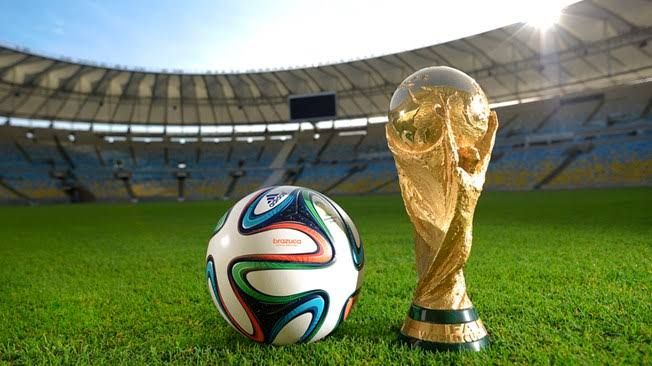It is essential to take some time and learn some of the rules that govern various popular sports, as this would allow participation in various recreations anywhere across the globe. In addition to general entertainment, sports provide physical fitness and socialization opportunities. Various sporting activities exist globally; most have rules, regulations, and playing fields. Some of the most recognized sports regulations will be discussed in this paper, considering only specific venues such as an ice rink in Dubai, a soft playground, and an indoor badminton court to show their role in shaping the experience of these activities.
Skating: the Rules and the Environment
Skating is one of the most popularly enjoyed and competed sports worldwide. Such activities always depend on the ice rink, be it figure, ice hockey, or speed skating. An artificial area maintained with frozen water, an ice rink, is prepared to provide one with smooth skates.
The Dubai ice rink is an exemplary setting that has embraced this cold-weather sport despite being in one of the hottest regions on earth. It provides a perfect setting for people to plunge into ice sports, including ice hockey and figure skating. Ice skating rules vary according to how it is used as a sport. For example, figure skating consists of skaters performing in a choreographed pattern that adheres to any time limit and specifies required technical elements. On the other hand, ice hockey is a team game, as strict rules are set regarding contact between players, specifically in scoring and manipulating the puck.
While recreational skating requires only the ability for basic balance and movement, competitive sports, like hockey, have much more developed rules that regulate the movement of players, equipment, and game duration. A possible example might be an ice rink, which would provide precisely the same features as any located in colder parts of the world: smooth surfaces of ice and professional lighting to take care of the safety and performance of the athletes.
Soft Playgrounds: Rules for Young Sports persons
Soft playgrounds differ from ice rinks or badminton courts in that they cater to the young child. The playground surface is soft, and the equipment is padded, which limits injury. Soft playgrounds are important to develop motor skills in children while introducing them to physical fitness through play.
Free play is allowed in a soft playground, although there are general rules that a child needs to follow for safety, as well as the safety of others. General rules include age and height limits for certain structures to protect younger and smaller children from potential harm caused by older or larger children. Similarly, shoes are usually not allowed while playing on such structures to keep them clean and avoid slipping.
While less structured than competitive sports, soft play remains an integral environment for children to gain skills. Children develop coordination, balance, and strength through climbing, sliding, and jumping in soft play. Though seemingly simple compared to ice sports or badminton, the rules remain important in allowing children to play uninjured or free from any other form of hassle in being disciplined on either court or field. Such soft playground facilities help children get accustomed to basic sportsmanship, such as queuing up and sharing equipment.
Badminton: An International Sport with Rules Laid Down
Badminton is currently one of the most popular sports in the world, enjoyed both at a recreation and professional level. The badminton court indoors epitomize this game, considering this controlled environment shelters players from various weather elements, thus offering consistent conditions in which to play. Badminton consists of two players in opposition (singles) or two opposing teams of two (doubles), hitting over a net with a shuttlecock using racquets.
The badminton rules run the gamut from the scoring systems to the type of shuttlecock. Usually, it is the best-of-three games to 21 points per game. A player earns a point whenever the shuttlecock falls in their opponent’s court, provided it has passed over the net within the boundaries of an indoor badminton court. It is a court of standard dimensions, with lines that demarcate different areas and lead the players to keep within the limits while playing.
Indoors, the courts have certain advantages; that is, external factors such as wind or sunlight do not interfere with the game, and for that very simple reason, indoor courts are considered the standard for professional matches. Badminton requires agility and quick reflexes as well. Service rules in badminton, along with faults and scoring, make the sport quite dynamic and fast-paced, requiring players to stay on their toes.
Conclusion
In fact, from the ice rink in Dubai where the enthusiast can sport to safe playing time in a soft playground to the competitive match in the indoor court facility, the rules for popular sports ensure order, fairness, and safety. All such facilities contribute much to the sport played or enjoyed: each venue shapes in great measure how it is played and enjoyed. While sports continue to change with times worldwide, appreciating the many minute details of their playing rules and the environments in which they are played deepens the respect one can hold for their cultural and physical value. From ice rink down to playgrounds and badminton courts, these spaces reflect how diverse sports can be and how adaptative they have become to make themselves accessible for people of all ages and abilities worldwide.






